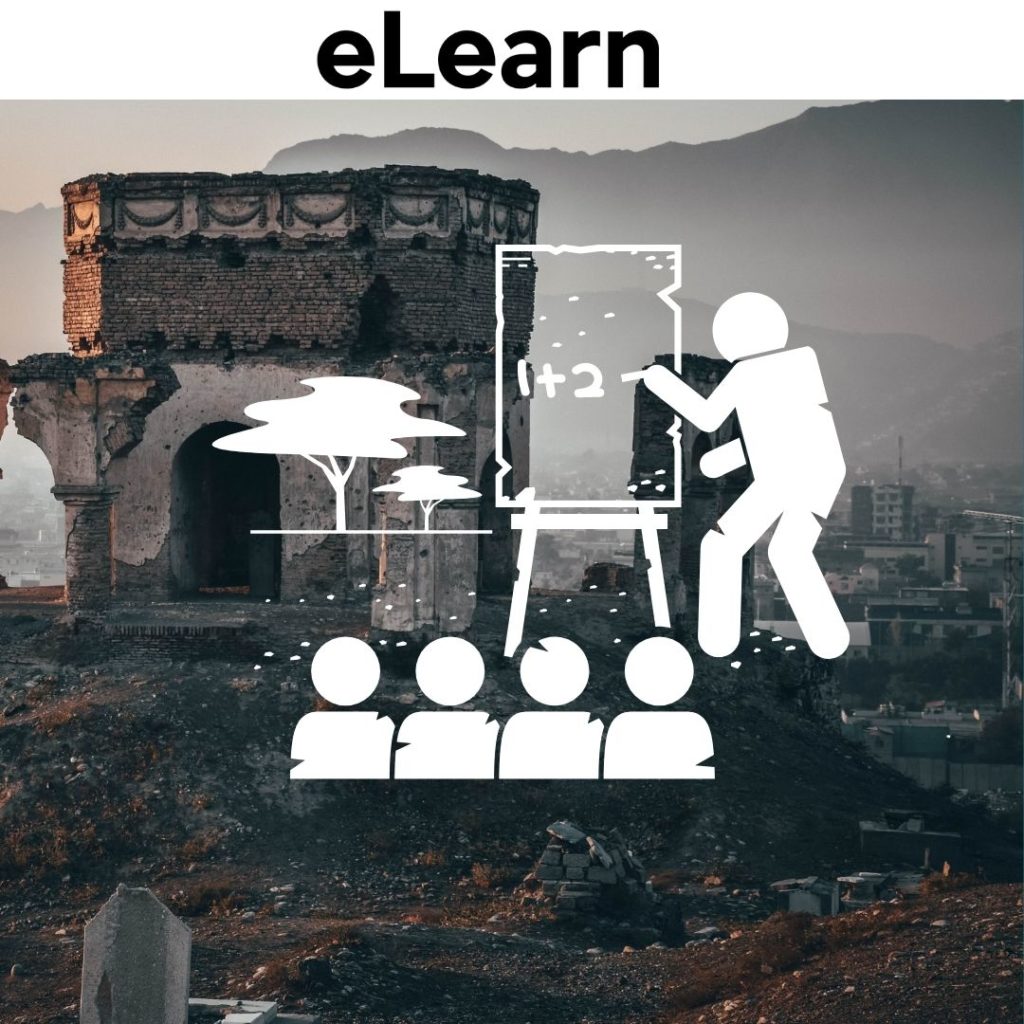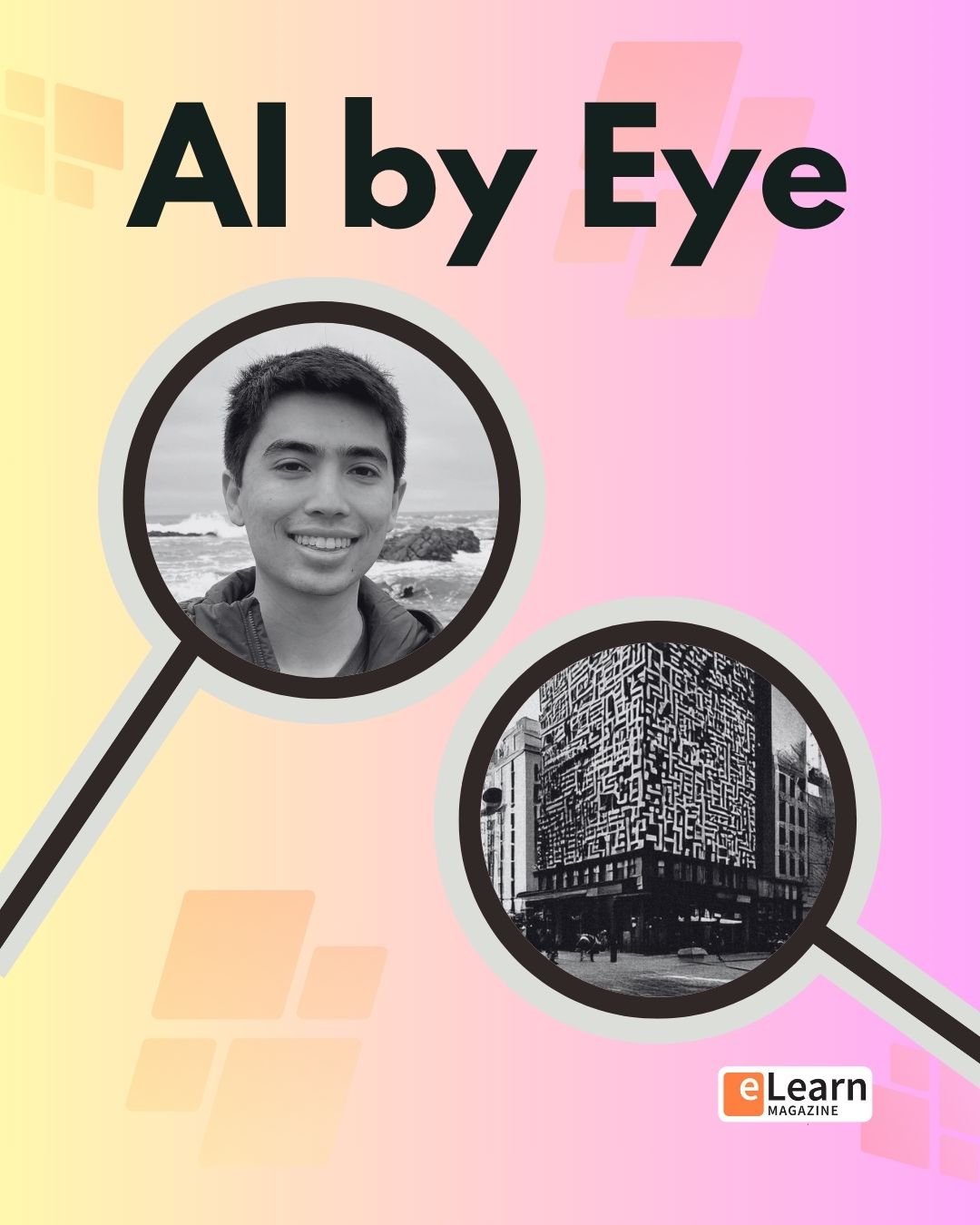A few months ago, news that shook the world coming from Afghanistan and its takeover by the Taliban brought a poignant element involving the education of girls, which included a saga involving an all-girls robotics team. As we speak, the new government seems to be conceding in some of its initial intent to prohibit all forms of female education. Announcements which may or may not be met with an assertive and sustainable policy, but that most definitely will not negate the religious foundation under which these and many other prohibitions for women and girls are justified.
However short Afghan girls and their lifelong education prospects lasted in the new cycles and social conversation, it was a boon compared to the several different instances of critically lacking educational prospects faced by millions of girls around the world.
We thought it valuable to highlight the “Other Afghanistans,” those several parts of the world where girls just don’t have the educational opportunities enjoyed by growing numbers elsewhere. We start with those who are, in all likelihood, worse than Afghanistan, at least according to UNESCO’s latest available dataset, focusing first on the levels of attendance to pre-school education for girls one year ahead of the official entry age to primary education.
Our aim is to, over time, cover a wider ground of metrics and look into the circumstances within each country. We want to shed a continous light into the situations, but also the progress, or at the very least the efforts made by educational leaders or organizations in fostering educational opportunity for girls. Which in turn become development opportunities for their economies in the long run, as academic research continues to show.
Worse pre-primary educational enrollment rates for girls than Afghanistan
Norway: 0%
Education in Norway is considered one of the best in the world, so how come it tops the list? This seeming statistical anomaly could provide an unexpected insight. The Nordic country makes education compelling starting at the age of 6, which makes any previous educational efforts unnecessary.
There is no need for advocacy to improve education here, but these organizations promote the Norsk model worldwide:
- Human Rights Academy: Based out of Oslo, the organization was born with the objective of raising awareness and respect for international human rights through education. This Academy is dedicated to educating people in human rights through training and interactive teaching methods.
- Dvina Childhood, Sandnes – Norway: This NGO supports underprivileged families and children in Russia, specifically in the northwest.The idea was created by Russian people living in Norway.
Percentage of girls attending any type of pre–primary education programme, 1 year before the official entrance age to primary
Compiled by education-inequalities.org, a UNESCO initiative. Parenthesis indicate the primary source or survey. Full access is available on the link.
- Norway (EU-SILC, 2005): 0%
- Syrian A. R. (MICS, 2006): 0%
- Burkina Faso (MICS, 2006): 0%
- Yemen (MICS, 2006): 0%
- Iraq (MICS, 2011): 1%
- Somalia (MICS, 2006): 1%
- Mauritania (MICS, 2011): 2%
- Chad (MICS, 2019): 3%
- Afghanistan (MICS, 2011): 4%
Syria: 0%
Prior to the civil war started in 2011 and ongoing, Syria had a structured education system, with full schooling levels in primary school and 70% in secondary school. But as of 2016, UNICEF reports that more than 2 million Syrian and refugee children lost access to education. With the course of time and armed conflicts, schools, students and teachers are seen as military targets.
Organizations devoted to avoid another “lost decade” for Syrian girls include:
- The Gata Project: This project consists of offering quality education to refugee children. It has a portable model that reaches thousands of children each year in K-12 education, as well as college preparation, vocational guidance and psychological support.
- NaTakallam: It connects displaced people from Syria, Iraq, Iran and even Venezuela, with students from all over the world. It allows children and adults to live a unique language learning and teaching experience, while having the opportunity to work.
- Tabshoura in a box: It offers online and offline digital programs in hard-to-reach areas of the world.
- Buddy Box: This project promotes learning, communication and competencies when learning something new. Buddy Box allows children to communicate with each other through didactic cards in English and Arabic.
Burkina Faso: 0%
Like Norway, the established age to start school is 6 years old, but the placement of the country in this list is not as anomalous. Burkina Faso has the third lowest adult literacy rate in the world according to WorldAtlas. Although by law education should be free, the government does not have enough resources to finance it. Families must pay for school supplies, and communities are responsible for building the schools and the place where teachers will live.
Working to overcome Burkina Faso’s regrettable records in education:
- Aflatoun International: This organization creates high quality financial literacy curricula for children and adolescents to act as agents of change in their own lives and in the world. Learn more about their Burkina Faso program (PDF)
- Send a poor child to an agricultural school: This project seeks to provide scholarships for poor children living in rural villages. This scholarship provides the opportunity to attend a school focused on agriculture.
- Empower Women and Girls through Menstrual Health: The BARKA Foundation recognized the need to address issues related to menstrual health, as there is a lack of resources for this type of situation in Burkina Faso. Not only because of contamination but also because of the difficult access to sanitary pads, this project has become the first major project to distribute menstrual cups for women and girls.
- Provide reading opportunities to schoolchildren: Access to books in Burkina Faso is expensive and difficult, so Friends of African Village Libraries (FAVL) created a mobile library. This project enables village residents to develop reading skills and strengthen their critical thinking.
- Girls’ Computer Literacy & Leadership Program: Again FAVL, after receiving funds to establish a computer center, will start printing books by storytellers, writers, journalists, and local people. At the moment they have 2 computers and two digital cameras. This project aims to encourage girls to learn computer related skills.
Yemen: 0%
Basic education in the country with the biggest drop on the HDI ranking in recent years starts at the age of 6. Yemen has a low literacy rate, due to import restrictions, inflation and economic decline.
These organizations are dedicated to creating initiatives to bring education to all children in Yemen:
- Concern 18: With the COVID-19 pandemic, the economy, which was already destroyed, was even more affected, making families and heads of households extremely vulnerable. The project seeks to raise funds to provide education, nutrition, clean water, medicine and economic support for vulnerable women and children.
- War Child: This British charity specializes in children affected by the conflict. Their goal is “that war does not destroy a child’s life”. And that is why this organization is in Yemen making sure that schools are rehabilitated and establish comfortable and safe spaces where children can learn. The project is promoted by the provision of school supplies and exams and proper certification.
- NaTakallam (See Syria)
Iraq: 1%
What was once considered one of the best education systems in the region was destroyed by decades of conflict and lack of investment in Iraq. With the growth of conflict and few opportunities for access to quality education, Iraq has approximately 3.2 million school-age children not attending school. With decades of ongoing conflict, Iraq is exemplary but not unique in its levels of physical and psychological stress of young learners.
Projects promoting quality education in Iraq include:
- NaTakallam (See Syria)
- Skateistan: Empowering children in a context of conflict and poverty through extreme sport and education, this is what this project is all about. Skateistan supports more than 2,000 children and young people in Afghanistan, Cambodia, South Africa and Iraq.
Mauritania: 2%
According to Waly Wane, Senior Economist at the World Bank, Mauritania has made progress in terms of access, but due to the low quality of education there is an impediment to the country’s economic growth. The obligatory school age is from six years of age and is free for everyone, although some frequent situations are the impossibility of paying for educational materials or food.
Operating in Mauritania and the Sahel for the benefit of young learners:
- ONG Biladi: Humanitarian project in Mauritania that promotes education and the construction of classrooms in rural areas, attention to homeless children, among others.
- Global Partnership for Education (GPE): This NGO seeks to eliminate the existing barriers between girls and education, that is why through proposals, budgets and collaborators it has been achieved that children’s learning is continuous through distance learning (radio, TV, web pages, physical materials such as photocopies). This organization has also managed to put vulnerable children in first place, especially girls in low-income areas.
Chad: 3%
Education in Chad is a challenge due to the geographical dispersion of the population and parents’ refusal to send their children to school, rooted in cultural practices. Although education is compulsory, only 68% of the young population follow through with their studies, and half of the population is illiterate.
Chad education initiatives and projects:
- Can’t Wait to Learn: Digital games as a method of functional learning for children affected by conflict. This project seeks to bridge the educational gap in Chad. The technology of the games is based on research and the use of electronic devices such as tablets. The children are the protagonists of this project as they are the ones who contribute to the creation of the games. According to recent findings, learning outcomes with this project have improved and it is cost-effective.
- Little Ripples: U.S. based sustainable education program focused on early childhood that seeks to empower refugees and people affected by humanitarian crises, conflict and war. This program aims to implement a comprehensive quality education and for the children to develop social, emotional, cognitive and physical skills.








